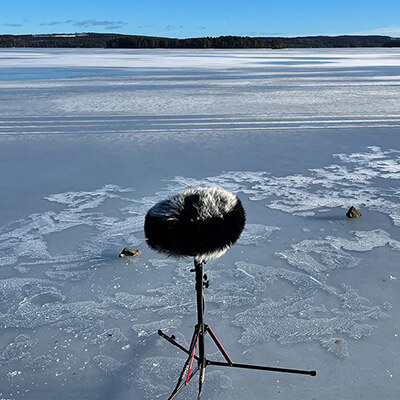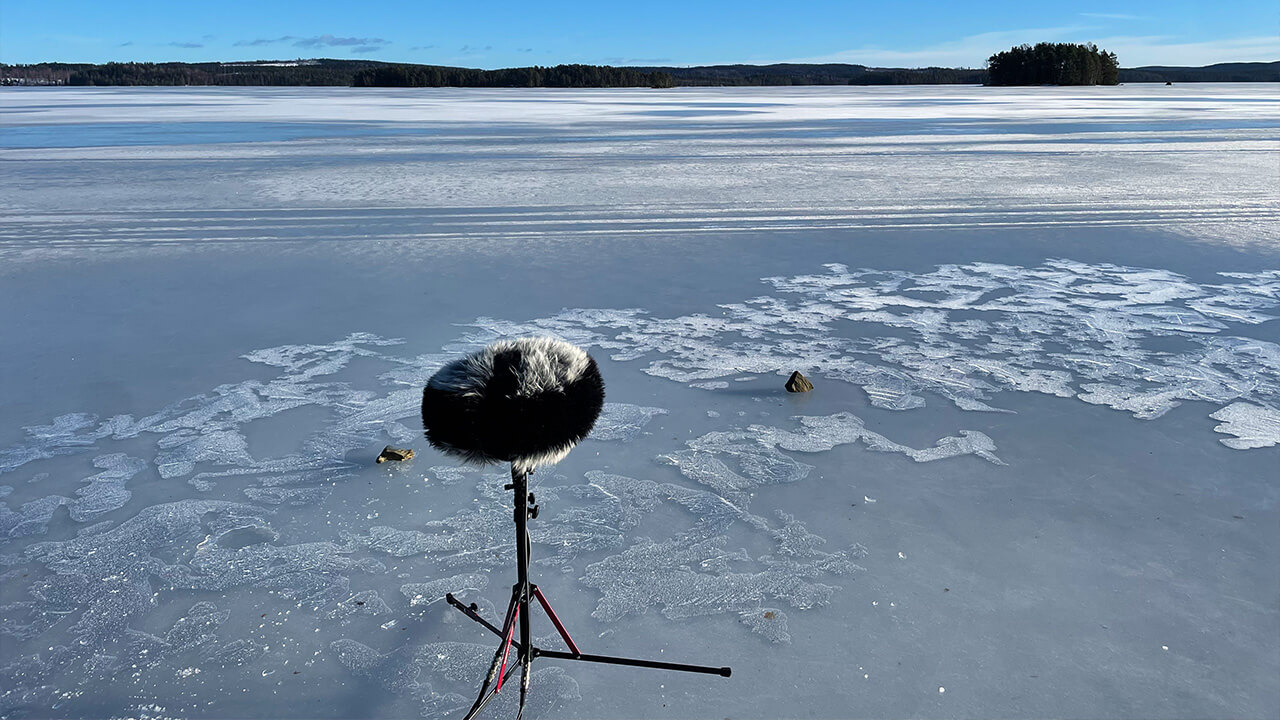In the heart of winter, sound recordist Shane Witzler embarked on an ambitious journey across Scandinavia and central Europe. Armed with a Schoeps ORTF 3D Surround rig, he set out to capture the raw sonic essence of the season for a new sound library, SEASONS OF EARTH – EUROPEAN WINTER.
Here we share extracts from Shane’s own travelog, tracing how he hunted for elusive sounds that many would simply call silence.
Lakes That Sing
One of Shane’s chief goals was to record the eerie, otherworldly voice of frozen lakes. This phenomenon, often called singing ice, only reveals itself under very specific conditions.
“In order to hear the singing of lakes, various conditions must be met,” he wrote. “Firstly, the temperature must be suitable. It doesn’t have to be extremely cold, but the lake should be completely frozen.”
More critical still were rapid temperature changes. “Strong fluctuations within a short period cause the ice to expand or contract, building tension. That’s what makes it sing, almost like whales.”
Movement on or under the surface changed the sound again. Minimal snow cover meant cleaner tones, while thicker ice dropped the pitch. “I had to wait several weeks to find the right conditions,” Shane noted. When the lakes finally gave voice, it was a reward that justified the long cold wait.
The Subtle Art of Falling Snow
While central Europe gave him little in the way of snowfall, the forests of Sweden proved far more generous. In Värmlands län he found up to 60 cm already on the ground, and the flakes kept coming.
“Snow can sound very different,” Shane observed. “Sometimes the flakes are very light and fluffy, sometimes half-frozen, hard and small, almost rain-like.”
Even then, it wasn’t just about waiting for snow to fall. The surface it landed on made all the difference. “It’s important to record on the right surface as this can affect the sound of the impact. In some places the remaining dry leaves and reeds amplified the sound of the snow nicely.”
Capturing these subtle textures, so easily lost in the environment, demanded careful positioning and often lying close to the ground, trusting that the microphones would do the rest.
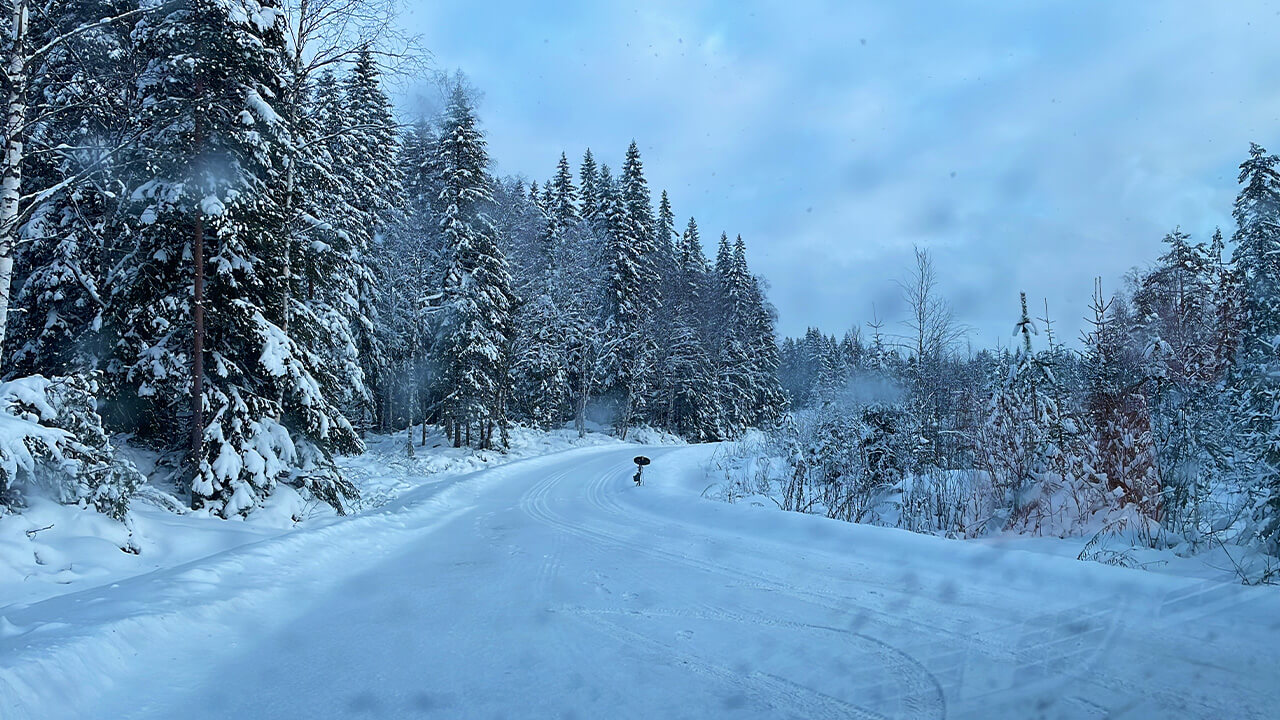
Wolves and Foxes Calling
Shane’s background in wildlife tracking paid off when it came to capturing the voices of wolves and foxes in winter. Having mapped promising locations on previous trips, he returned with hope that old encounters might repeat.
He was rewarded sooner than expected. “After some time and a few recording attempts, they made their presence heard. It was a beautiful moment to hear them again after so long and to know they’re still doing well, since you never know when they’ll be hunted.”
Foxes, by contrast, cut it much closer. Their mating calls typically start in late January and run into early February, meaning Shane’s window was narrow. “To my delight, exactly four days before my departure, they were calling from a forest near my accommodation,” he wrote. “During the last two weeks I listened to their signals almost every evening on the icy, snow-covered terrace and finally managed to get some successful recordings.”
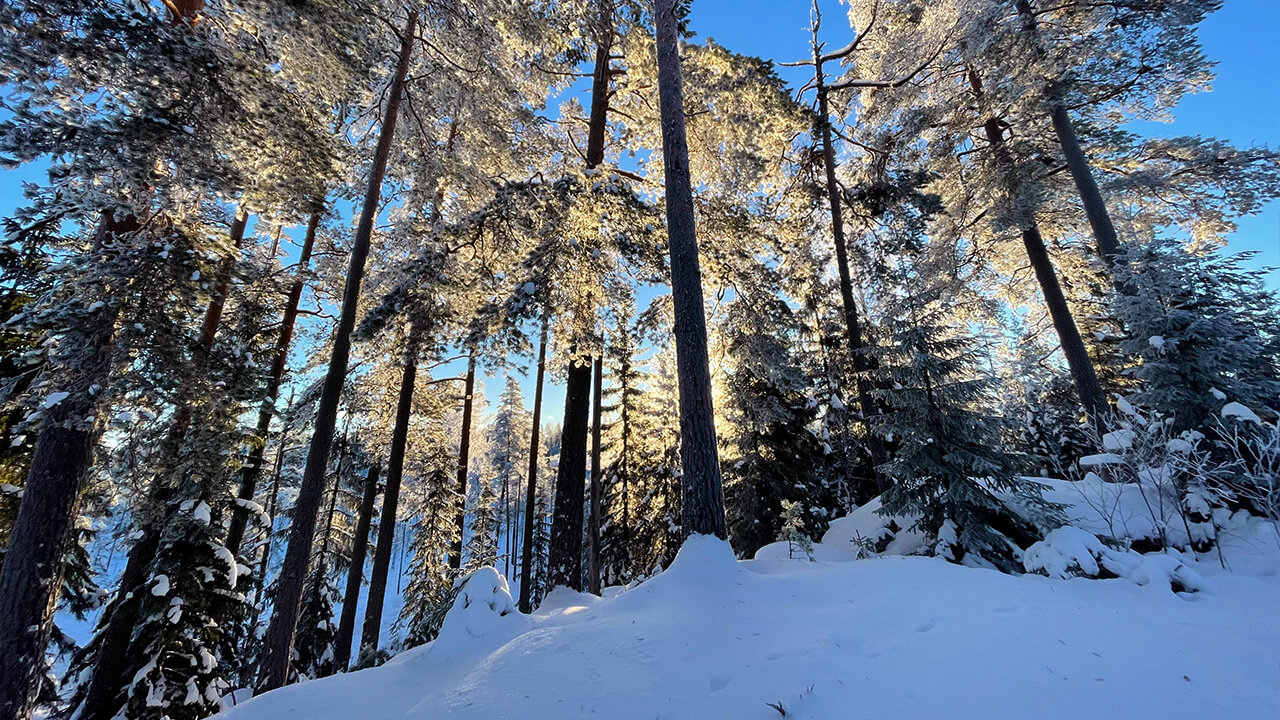
Birds and the Winter Air
In many winter landscapes the soundscape becomes sparse, but Sweden’s resident birds keep the season from falling entirely silent. Ravens in particular stood out.
“They’re actually one of my favourite birds,” Shane confessed. Their calls were extremely varied and sonorous, offering texture and unpredictability. Toward the close of his trip, he was also pleased to catch the mellow calls of tawny owls, adding yet another distinct voice to his growing collection.
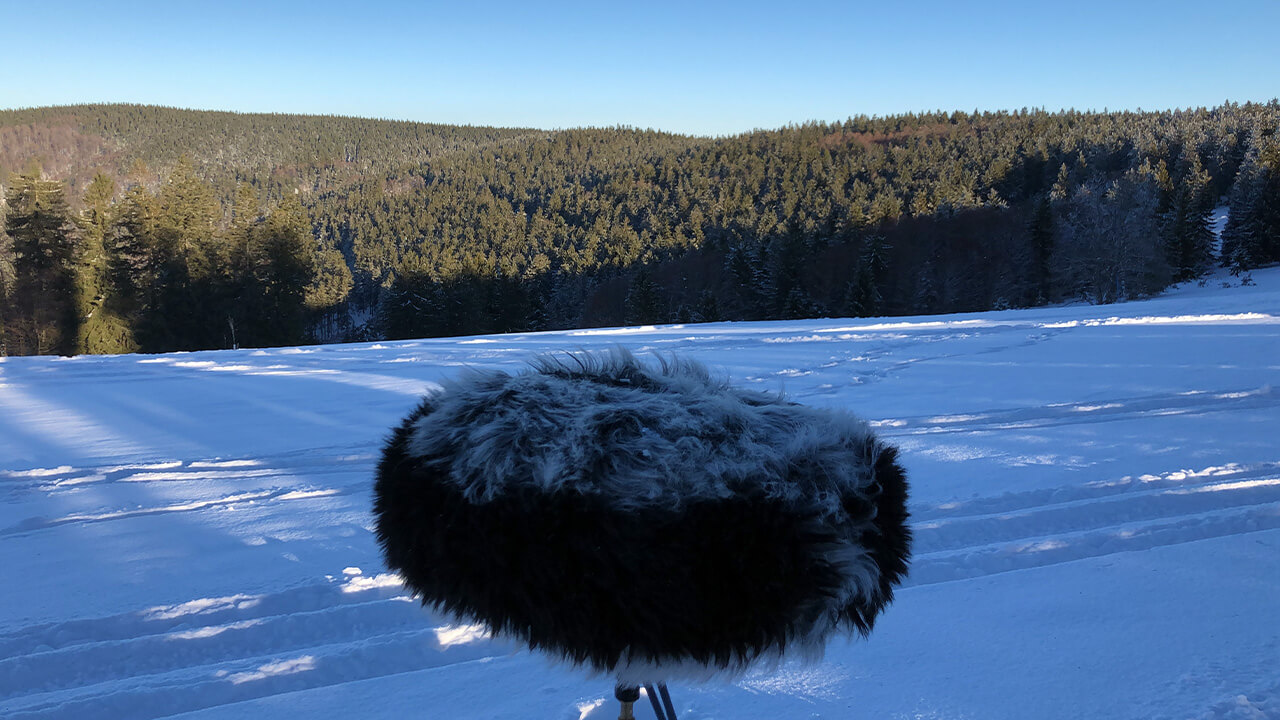
Streams Under Ice
Not all of Shane’s discoveries came from above. One of his most remarkable recordings was of a semi-frozen stream.
“A layer of ice about 10 to 15 cm thick completely covered the stream, while the water still flowed underneath,” he noted. “It could best be described as the sound of boiling water in a pot with a lid. Occasional muffled clanking and clattering could be heard constantly.”
It was a strange, restless sound, one you would never hear in warmer months, and it captured the quiet tension of a landscape still moving beneath its frozen skin.

Recording Silence
Beyond all the specific targets on Shane’s list, he was determined to record something less tangible: winter’s characteristic hush.
“Winter brings with it a lot of snow that covers the land and gives the season a generally muted and isolated atmosphere,” he wrote. “This impression is particularly emphasised next to the bare trees, whose leaves no longer rustle in the wind.”
He found that long, bare branches made deeper, hollower sounds in the breeze, while pines with their thin needles produced higher pitched whispers. But what mattered most were the days with no wind at all.
“To do this, I travelled to snow-covered, treeless areas, often referred to as tundras, on windless days.” These recordings, almost pure silence, became essential for giving sound designers the option to shape scenes with genuine stillness.
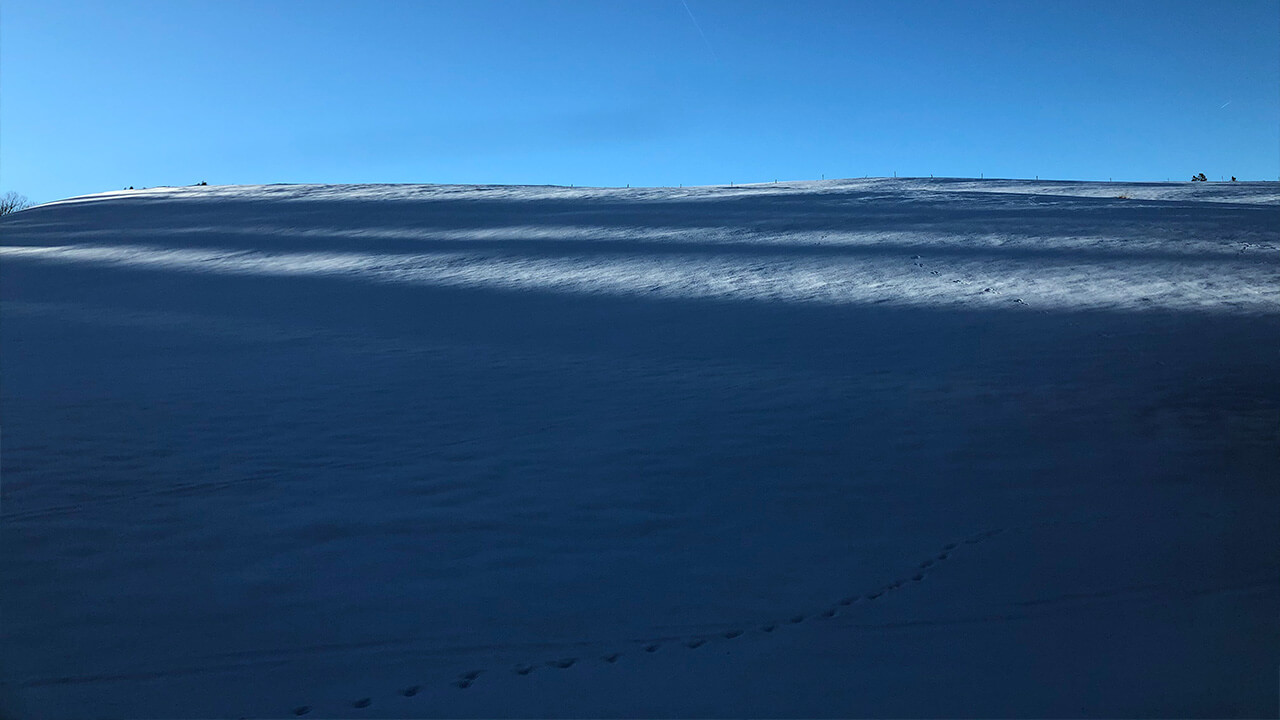
Bringing It All Together
From the groaning of lakes under strain to the brief haunting calls of foxes in mating season, Shane’s travelog offers a portrait of winter that feels alive, unpredictable and profoundly honest.
SEASONS OF EARTH – EUROPEAN WINTER isn’t just a library of typical winter sounds. It is a carefully assembled toolkit for professionals who want to build authentic immersive scenes, whether for film, TV, games or installations. It reminds us that sometimes, to truly capture nature, you need to stand still for hours in biting cold, waiting for nothing or everything to happen.



